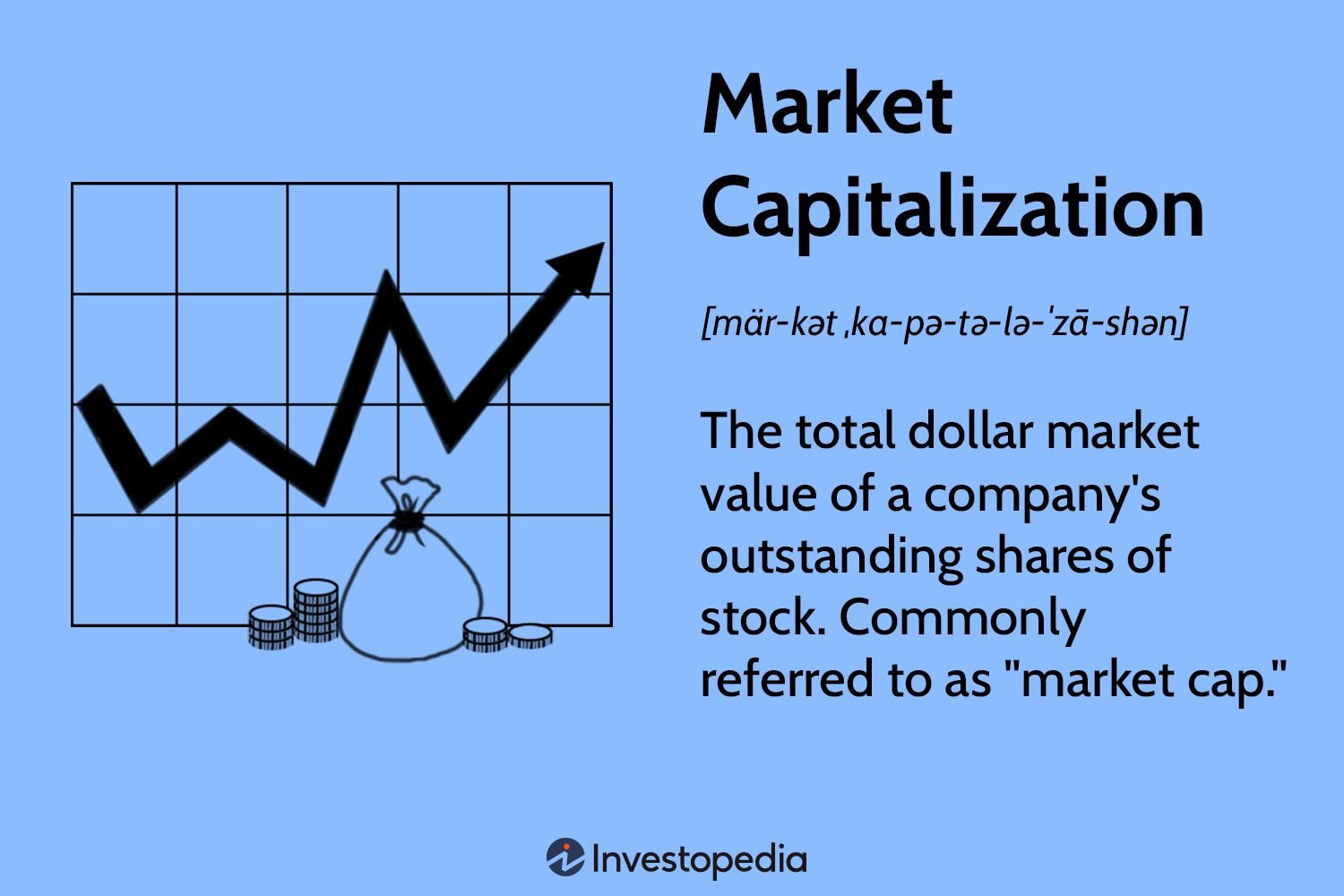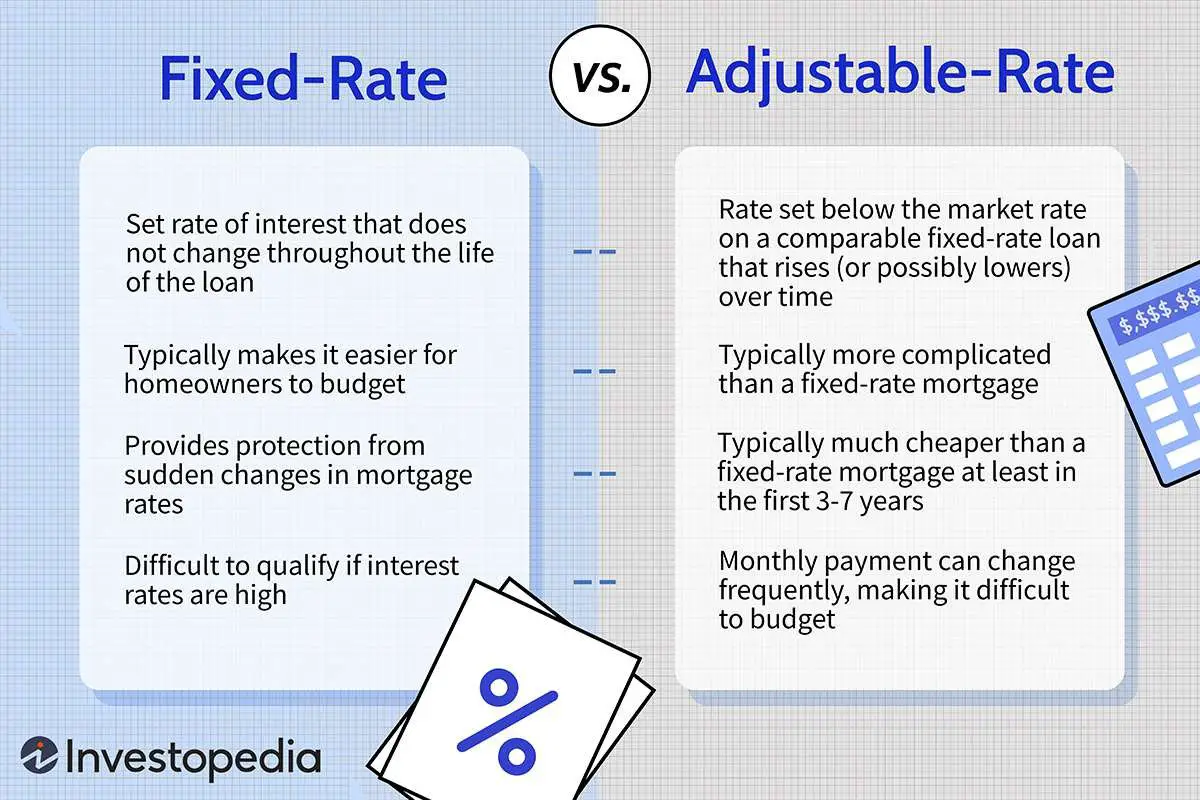Are you curious about market capitalization in stocks? Wondering what it actually means and how it impacts the financial world? Look no further! In this blog article, we will delve into the concept of market capitalization, its significance, and what it signifies for investors. From large corporations to small start-ups, understanding market capitalization is essential for anyone looking to navigate the stock market. So, let’s jump right in and explore what market capitalization in stocks is all about.
What is Market Capitalization in Stocks
Market capitalization, also referred to as market cap, is a key concept in the world of stocks and investing. It is a metric that measures the total value of a company, representing the market’s perception of its worth. Market cap is widely used by investors, analysts, and financial professionals as an indicator of a company’s size and value. Understanding market capitalization is crucial for making informed investment decisions and assessing the risk and potential returns associated with different stocks.
Definition of Market Capitalization
Market capitalization is the total value of a company’s outstanding shares of stock. It is calculated by multiplying the current stock price by the total number of shares outstanding. The resulting figure represents the market’s valuation of the company, indicating how much investors are willing to pay for a stake in the business.
Formula:
Market Capitalization = Current Stock Price * Total Outstanding Shares
Example:
Let’s take a hypothetical company XYZ. Suppose the current stock price of XYZ is $50, and the total number of outstanding shares is 10 million. The market capitalization of XYZ would be:
Market Capitalization = $50 * 10,000,000 = $500,000,000
This means that the market values XYZ at $500 million.
Categories of Market Capitalization
Market capitalization is typically used to categorize companies into different size groups. While there is no strict definition for these categories, they can provide a general idea of a company’s scale and market influence. The following are the commonly recognized market cap categories:
1. Large-Cap:
Large-cap companies are those with a market capitalization of over $10 billion. They are generally well-established, mature companies with a track record of stability and consistent performance. These companies are often considered less volatile compared to smaller-cap stocks and are typically associated with blue-chip companies that are household names.
2. Mid-Cap:
Mid-cap companies have a market capitalization between $2 billion and $10 billion. They are usually in a stage of growth, with potential for expansion and increasing market share. Mid-cap stocks can offer a balance between stability and growth potential, attracting investors looking for a moderate level of risk.
3. Small-Cap:
Small-cap companies have a market capitalization between $300 million and $2 billion. These companies are often characterized by higher growth prospects but also higher volatility and risk. Small-cap stocks may attract investors seeking significant returns, but they can also be more susceptible to market downturns and economic uncertainty.
4. Micro-Cap:
Micro-cap companies have a market capitalization between $50 million and $300 million. These companies are considered to be in the early stages of development and can carry higher risk due to their limited resources and potential for lower liquidity. Micro-cap stocks are often associated with startups and emerging companies.
5. Nano-Cap:
Nano-cap companies have a market capitalization below $50 million. These companies are the smallest within the stock market universe and are often highly illiquid and speculative. Nano-cap stocks may be subject to extreme price volatility and are generally regarded as high-risk investments.
Significance of Market Capitalization
Understanding market capitalization is essential for investors as it provides valuable insights into a company’s size, financial stability, and growth potential. Here are some key reasons why market capitalization matters:
1. Investment Strategy:
Market capitalization can help investors align their investment strategies with their risk tolerance and return expectations. Large-cap stocks are often preferred by conservative investors seeking stability, while small-cap and micro-cap stocks can attract investors looking for higher growth potential.
2. Benchmarking:
Market capitalization is used as a benchmark for comparing companies within the same industry or sector. Investors may analyze the market cap of multiple companies to assess their relative market position, competitive advantage, and growth prospects.
3. Market Indices:
Market indices, such as the S&P 500 or the Dow Jones Industrial Average, are composed of stocks with specific market capitalization requirements. These indices allow investors to track the performance of different segments of the market and serve as a representation of the overall market sentiment.
4. Liquidity and Volatility:
Market capitalization can indicate a stock’s liquidity, i.e., how easily it can be bought or sold without significantly impacting its price. Generally, larger-cap stocks tend to have higher trading volumes, making them more liquid and less volatile. In contrast, smaller-cap stocks may experience low trading volumes, leading to higher price fluctuations and potentially impacting an investor’s ability to buy or sell shares.
5. Risk Assessment:
Market capitalization is a factor in assessing the risk associated with different stocks. Smaller-cap stocks, such as micro-cap and nano-cap stocks, tend to be riskier due to their higher volatility, limited resources, and potential for lower liquidity. Large-cap stocks, on the other hand, are often perceived as more stable and less risky.
Limitations of Market Capitalization
While market capitalization is a useful metric, it does have certain limitations that investors should be aware of:
1. Valuation Considerations:
Market capitalization solely represents the market’s perception of a company’s value. It does not take into account other factors that affect a company’s intrinsic worth, such as its earnings, assets, or debt levels. Investors should conduct comprehensive fundamental analysis to gain a holistic understanding of a company’s financial health and valuation.
2. Industry Variance:
Different industries may have different market capitalization expectations. For example, technology companies may have higher growth prospects and be more likely to be categorized as mid-cap or small-cap compared to more established sectors like utilities or consumer staples. Investors should consider industry-specific dynamics while assessing the significance of market capitalization.
3. Market Fluctuations:
Market capitalization is subject to constant fluctuations as stock prices and the number of outstanding shares change. A company’s market cap can rise or fall based on factors such as market trends, investor sentiment, and company-specific developments. It is important for investors to regularly monitor market capitalization figures to stay updated on a company’s value.
Market capitalization is a fundamental concept in the world of stocks and investing. It provides valuable insights into a company’s size, valuation, and potential growth. By understanding market capitalization, investors can align their investment strategies, assess risks, and make informed decisions. Remember, market capitalization is just one of many factors to consider when evaluating investment opportunities. It is crucial to conduct thorough research, analyze financial fundamentals, and diversify your portfolio to achieve long-term investment success.
What is Market Capitalization?
Frequently Asked Questions
Frequently Asked Questions (FAQs)
What is market capitalization in stocks?
Market capitalization, often referred to as market cap, is a measure used to evaluate the size and value of a publicly traded company. It represents the total market value of a company’s outstanding shares of stock and is calculated by multiplying the current market price of one share by the total number of shares outstanding.
How is market capitalization calculated?
Market capitalization is calculated by multiplying the current market price of one share of a company’s stock by the total number of shares outstanding. The formula is: Market Capitalization = Current Share Price x Total Shares Outstanding.
What are the different categories of market capitalization?
Market capitalization is typically categorized into three main groups: small-cap, mid-cap, and large-cap. Small-cap refers to companies with a market cap usually below $2 billion, mid-cap companies have market caps between $2 billion and $10 billion, while large-cap companies have market caps exceeding $10 billion.
What does market capitalization indicate?
Market capitalization provides an indication of the overall size and value of a company in the stock market. It helps investors gauge the company’s ranking among other companies and is often used as a factor in determining investment opportunities and risks.
How does market capitalization affect stock performance?
Market capitalization can potentially impact stock performance. Generally, larger companies with higher market capitalizations tend to have more stability and liquidity. Smaller companies with lower market capitalization may experience higher volatility in their stock prices due to factors like market sentiment and investor perception.
Is market capitalization the same as equity value?
No, market capitalization and equity value are not the same. Market capitalization is calculated by multiplying the current market price by the total number of shares outstanding, while equity value represents the total value of a company’s shareholders’ equity, including assets and liabilities.
What are the advantages of investing in large-cap stocks?
Investing in large-cap stocks can offer certain advantages, such as lower volatility compared to small-cap stocks, increased liquidity, and potentially more stable long-term growth prospects. Large-cap companies are often well-established and have a track record of generating consistent earnings.
Are small-cap stocks riskier than large-cap stocks?
Generally, small-cap stocks are considered to have higher risk compared to large-cap stocks. Smaller companies may face challenges in terms of liquidity, financial stability, and market acceptance. However, small-cap stocks can also present opportunities for higher returns, as they have greater potential for growth and may be undervalued by the market.
Final Thoughts
Market capitalization in stocks refers to the total value of a company’s outstanding shares in the stock market. It is calculated by multiplying the current market price of a single share by the total number of shares issued by the company. Understanding market capitalization is crucial for investors as it can provide insights into a company’s size, growth potential, and risk profile. Large-cap companies have a market capitalization of over $10 billion, while mid-cap and small-cap companies have lower market capitalizations. By analyzing market capitalization, investors can make informed decisions based on their investment objectives and risk tolerance. To succeed in the stock market, it is essential to grasp the concept of market capitalization in stocks.



